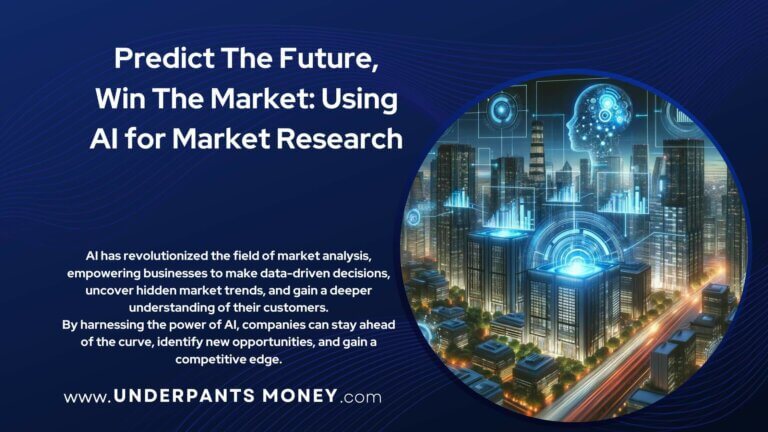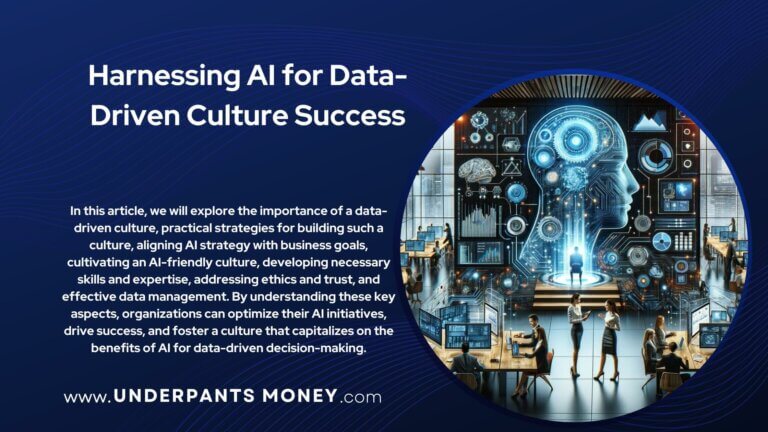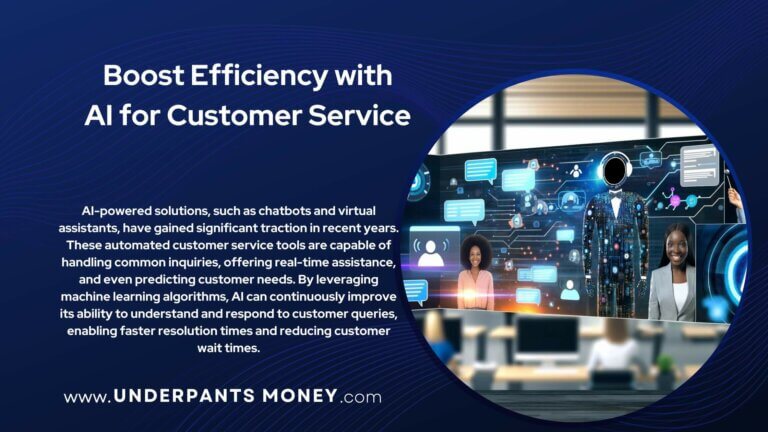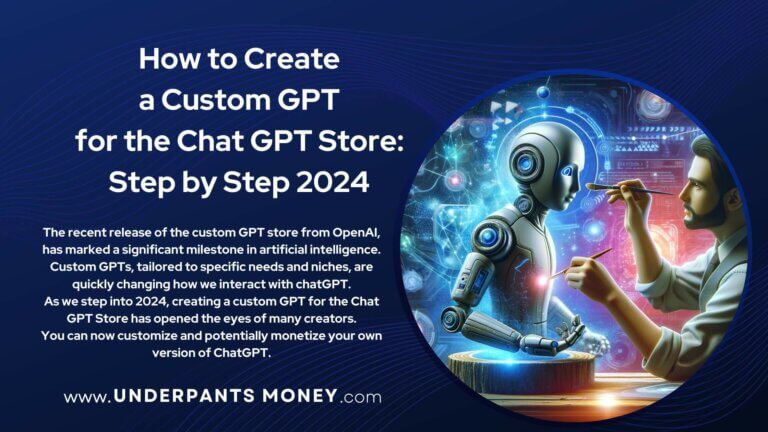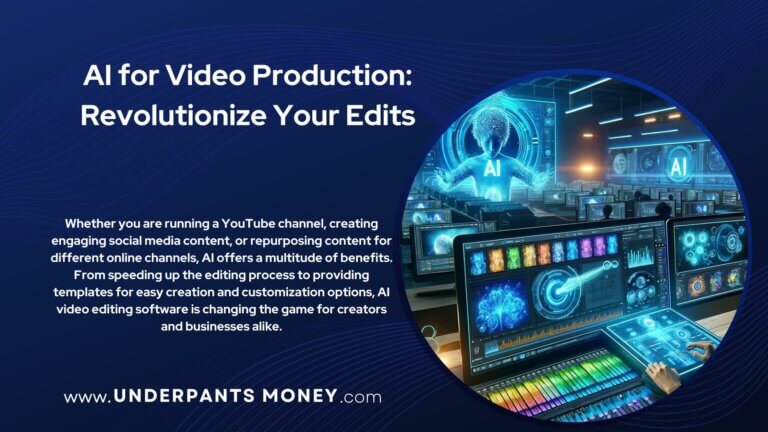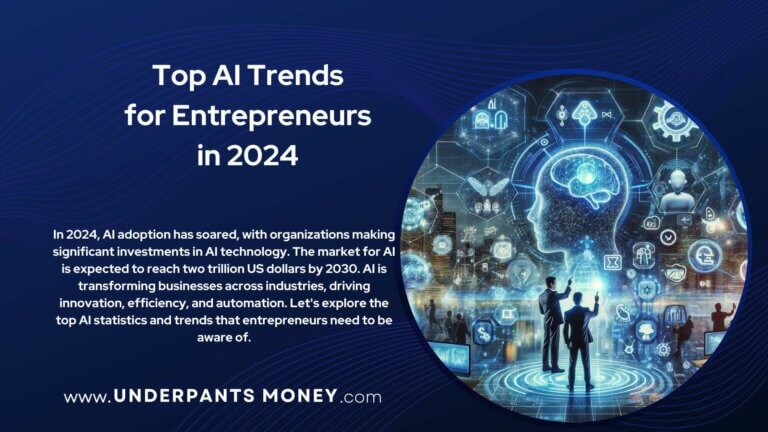What is AI Art? Unveiling the Future of Digital Creativity
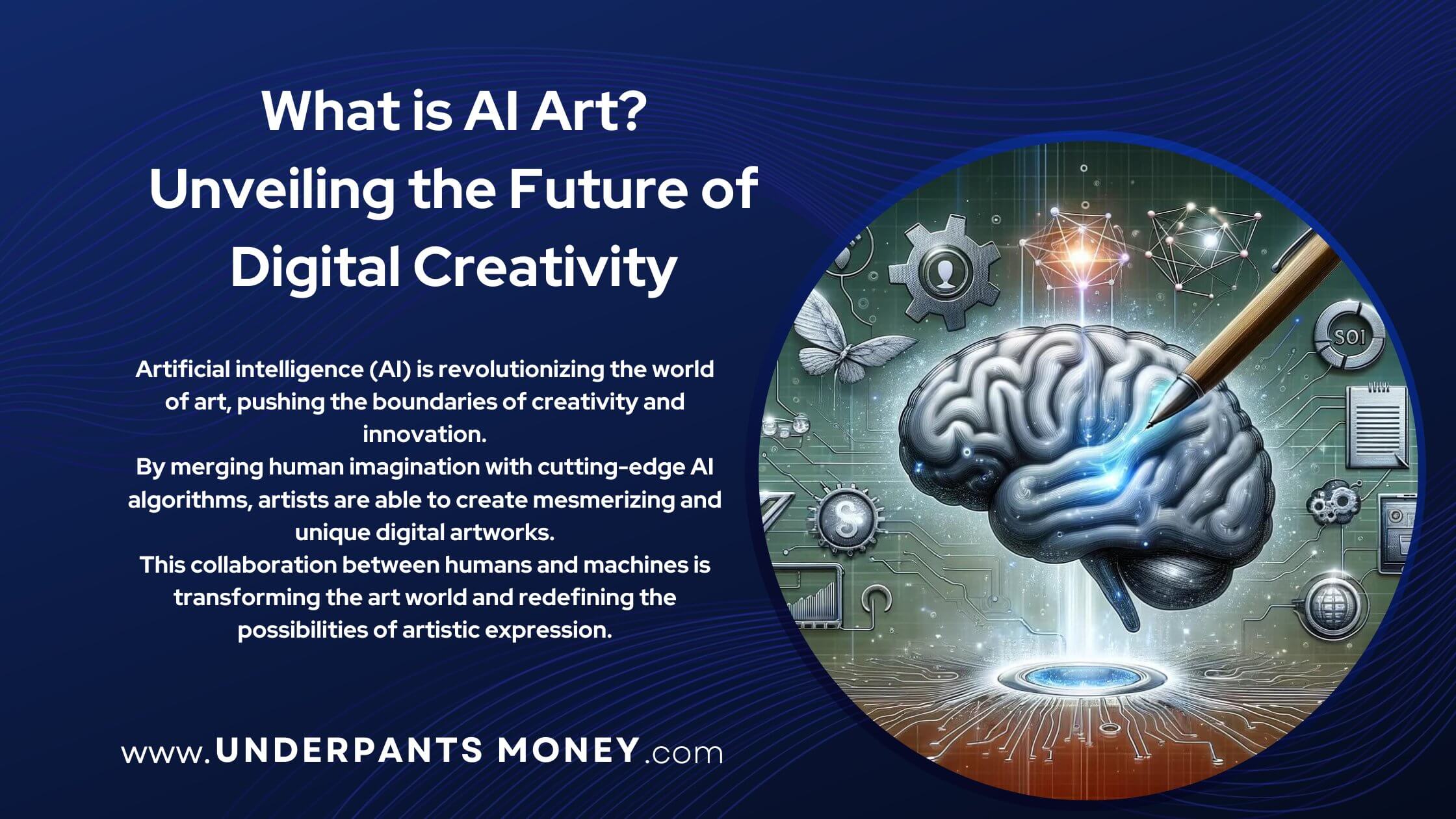
In the digital era, AI art stands as a revolutionary force at the intersection of technology and creativity. This innovative art form merges human imagination with artificial intelligence, breaking traditional artistic boundaries to forge something novel. AI art is more than technological progress; it represents a new era in creativity, designed for our digital times.
AI art revolves around complex algorithms, especially neural networks, tailored to learn, adapt, and autonomously create. These algorithms are skilled at turning text prompts into compelling visual art. They craft new images, modify existing ones, or combine elements to create distinct artworks. Innovations like DALL-E 3 and Midjourney V6 mark significant advancements in the AI art world.
The creation of AI-generated art is as fascinating as the outcome. About 65% of artists have adopted text-to-image technology, a testament to the seamless collaboration between human creativity and AI. This technology translates words into vivid visual stories, bridging the gap between abstract ideas and tangible art.
As this new technology gains popularity, it brings both artistic and economic implications. While AI’s ability to reflect human creativity is celebrated, concerns about originality and its impact on artists’ incomes are growing. Some artists fear that AI might affect their ability to earn, given its expanding role in art creation. Additionally, evolving legal issues, particularly around copyright and artists’ rights, add complexity to this new field.
AI art is more than a passing trend. It’s a blending of technology and creativity united like never before. In this article, we explore the challenges, and immense possibilities of AI art. And why it’s reshaping our understanding of art and creativity in a rapidly evolving digital world.
What Is AI Art?
AI art is a form of digital artwork created using artificial intelligence technologies, where algorithms, particularly neural networks, interpret textual prompts to generate visual creations. This innovative art form blends human creativity with machine learning, producing unique and diverse artworks ranging from realistic images to abstract compositions. AI art represents a new frontier in artistic expression, leveraging technology to expand the boundaries of creativity.
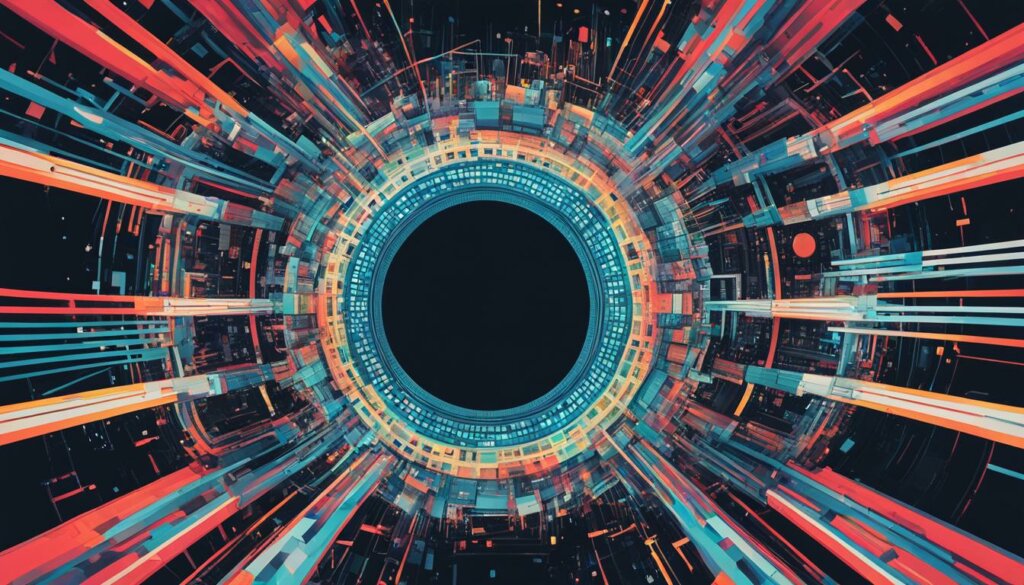
The Process Behind AI Art Creation
The creation of AI art represents a groundbreaking melding of technology and human ingenuity. It’s a process that has been revolutionized by advancements in AI and machine learning, leading to a new frontier in artistic expression.
Understanding Text-to-Image Technology
At the core of this technology stands text-to-image prompting. A revolutionary tool transforming artists’ concepts into visual realities. This technology utilizes artificial intelligence, particularly algorithms and neural networks, to interpret and visualize textual prompts. These systems analyze extensive datasets of existing artwork, learning various styles and elements to create a diverse range of images. From realistic portrayals to abstract designs, text-to-image technology is pivotal in converting simple descriptions into complex artistic creations.
Innovations in AI Art Tools: DALL-E 3 and Midjourney V6
Recent developments have significantly enhanced the artistic process. DALL-E 3, now integrated into Bing Image Creator, has elevated image generation to new heights. It’s noted for its improved image quality, producing more detailed and realistic visuals. Artists find DALL-E 3 invaluable for its ability to closely align with their intricate visions, offering broad creative possibilities.
Midjourney V6 has also made notable strides, particularly in realism and the interpretation of complex prompts. This tool stands out for its photorealistic outputs and ability to accurately depict famous characters and scenes. With a 28% usage rate among artists (Playform), Midjourney V6 exemplifies the technological advancements in AI art.
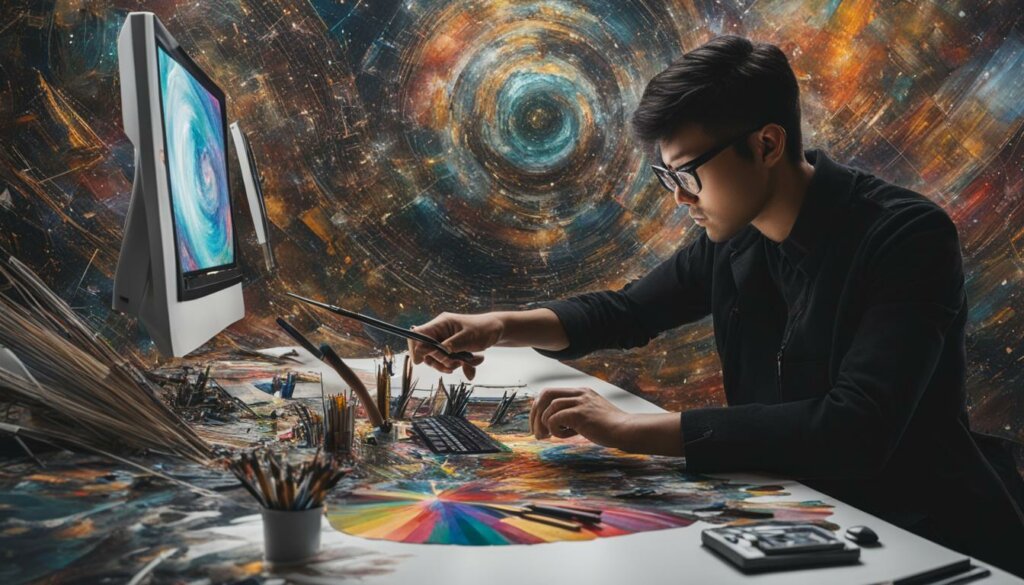
The Role of Human Creativity
Despite the sophisticated technology, the human element remains central to AI art. Artists guide the AI, infusing their ideas, emotions, and creative vision into the process. This collaboration results in a seamless blend of human artistry and machine precision, leading to innovative and captivating artworks.
The process of AI art creation, powered by advanced tools and human creativity, is transforming the art world. It breaks down barriers between imagination and visual representation, enabling artists to explore new horizons of creativity.
Artistic and Creative Implications
The advent of AI in the art world has initiated a significant shift in the perception and execution of creativity. Artists are increasingly embracing AI as a tool to create and collaborate with in the artistic process. This integration of AI is leading to new artistic possibilities and challenging the concepts of creativity and originality.
Artificial intelligence is not a replacement for humans. It’s about amplifying human potential.
– Amir Husain
Integration of AI in Artists’ Work
Artists are finding innovative ways to incorporate AI into their artistic workflow. According to a survey by Playform, 65% of artists are using text-to-image technology to expand their creative ideas and find new inspiration. This statistic highlights the growing importance of AI in the creative process. Artists are using AI as a tool for generating art and collaborating on complex pieces. This can lead to new perspectives and ideas in the digital art world.
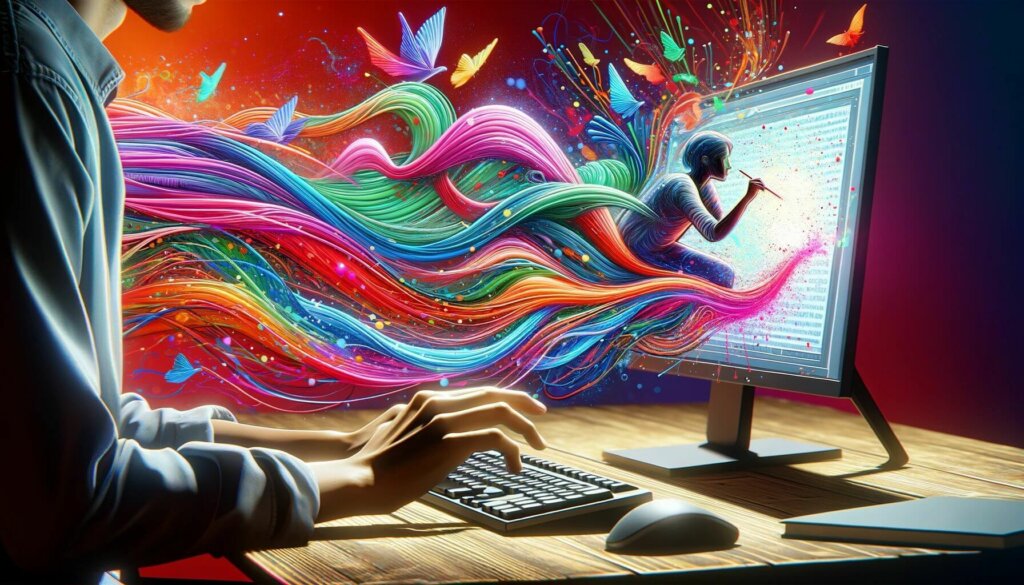
Reflecting Human Creativity Through AI
The relationship between AI and human creativity is increasingly becoming a symbiotic one. AI’s capability to absorb, interpret, and reimagine artistic inputs allows it to reflect an artist’s style or vision. This unique ability of AI to mirror human creativity is leading to novel forms of artistic expression that combine human intuition with algorithmic precision.
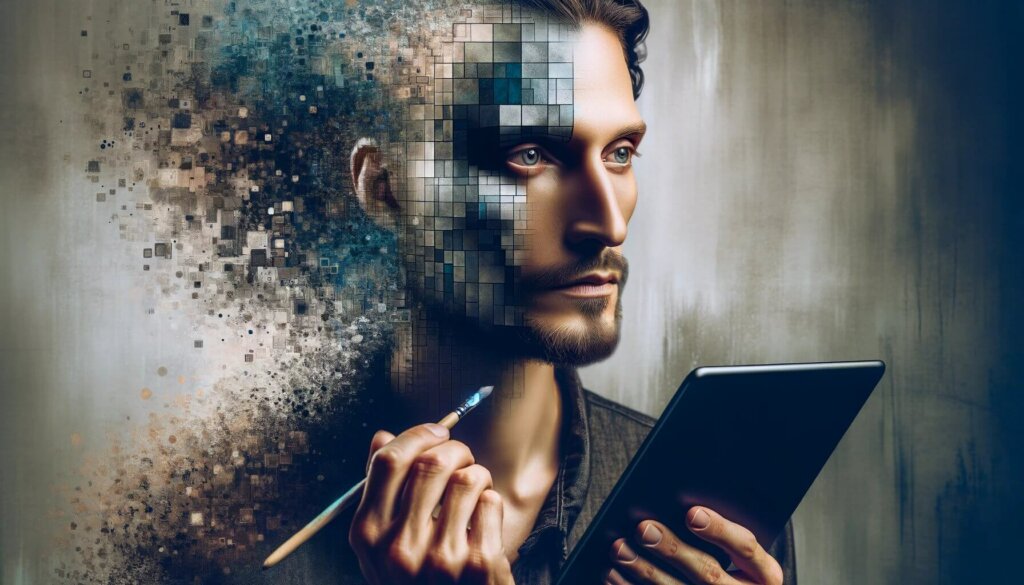
Originality and Authenticity in AI-Generated Art
However, the rise of AI-generated art brings its own set of controversies, particularly regarding originality and authenticity. Concerns arise about the uniqueness artworks created with this technology. One in four artists express worry that their AI-generated art may lack originality (Playform). Furthermore, as AI algorithms often learn from a vast array of sources, questions about intellectual property and artistic ownership are increasingly relevant.
The artistic and creative implications are profound. As AI continues to evolve and become more integrated into the creative process, it is challenging traditional notions of art.
Economic and Legal Aspects
The emergence of AI art has significant implications not just artistically, but also economically and legally within the art world. These aspects span the spectrum from income generation for artists to the intricacies of copyright laws.
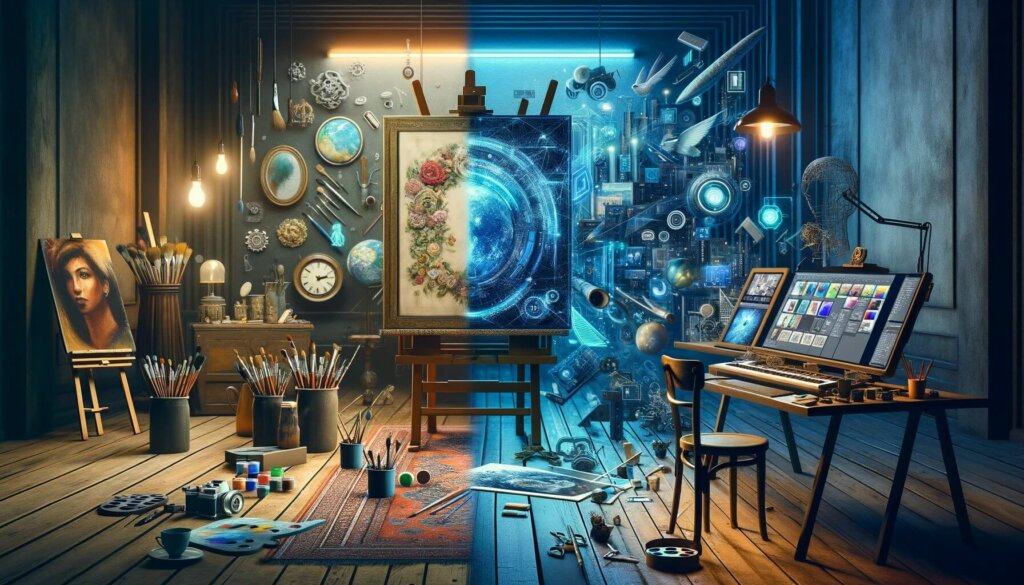
Impact of AI on Artists’ Income and Art Sales
The integration of AI in art creation has raised concerns about its economic impact, particularly among artists. A survey by Book An Artist reveals that over 55% of artists believe AI could negatively affect their ability to generate income. This concern is heightened by the fact that many artists, about 43%, rely on sales as their primary income source. Their concern stems from the possibility that AI could replace traditional artists in the creation process. This could dramatically alter the dynamics of art sales and commissions.
Copyright Issues and Artists’ Rights
Copyright concerns stand at the forefront of legal issues in AI art. A significant portion of artists, about 73%, demand to be consulted before their artwork is used to train AI algorithms (Book An Artist, LAION). This issue touches on the broader aspects of intellectual property rights and the use of existing artworks to train AI systems. The lack of compensation for artists whose work is used in algorithm training is concerning. This suggests a gap in the current legal framework surrounding AI art.
Market Dynamics and High-Value Sales
Despite these challenges, the AI art market has witnessed notable high-value sales. The highest-valued traditional AI art piece sold for $432,000 at Christie’s, while AI-generated NFTs have reached sales up to $1.1 million (AI Plus Info; iNews, BeInCrypto). These figures demonstrate a growing market interest and potential new revenue streams for artists working with AI.
The economic and legal aspects of AI art present a complex and evolving landscape. While AI opens new avenues for creativity and innovation, it simultaneously poses challenges that need addressing to ensure a fair and sustainable future for artists.
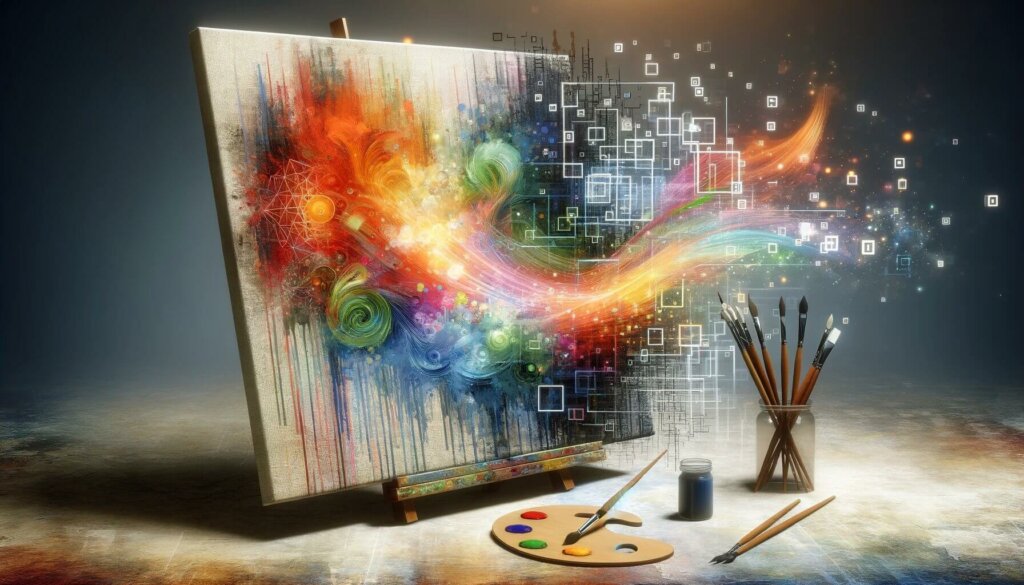
The Future of AI Art: Emerging Trends and Ethical Considerations
As we look towards the horizon, the future of AI art is abuzz with both endless possibilities and formidable challenges. This rapidly evolving field not only promises to redefine the art world but also raises crucial questions about the role of technology in creative expression.
Emerging Trends and Technological Advances
The landscape of AI art is continuously advancing, with new technologies emerging swiftly. Innovations like DALL-E 3 and Midjourney V6 are just the beginning. These tools are becoming increasingly sophisticated, capable of generating more realistic and intricate artworks. As AI evolves, we can expect groundbreaking developments that will push the boundaries of artistic possibility even further.
Artificial intelligence will be part of our future. It’s inevitable.– Sundar Pachi
Ethical Considerations in AI Art
The rise of AI art brings with it a host of ethical considerations that must be addressed. The use of AI raises fundamental questions about the role of the artist and the nature of creativity. Is an AI-generated piece of art truly ‘creative’ if it’s based on algorithms and data? How should we value art created by AI compared to that created by human hands? These questions challenge our traditional views of art, urging a redefinition of the artist’s role in the age of AI.
The Role of Artist Agency
With these new advancements, the role of artist agency becomes increasingly significant. Artists are exploring new ways to harness AI, using it as a tool to express their vision and creativity uniquely. However, this also implies that the art market may undergo substantial changes. With so many new creations daily, the value and perception of art is being reshaped.
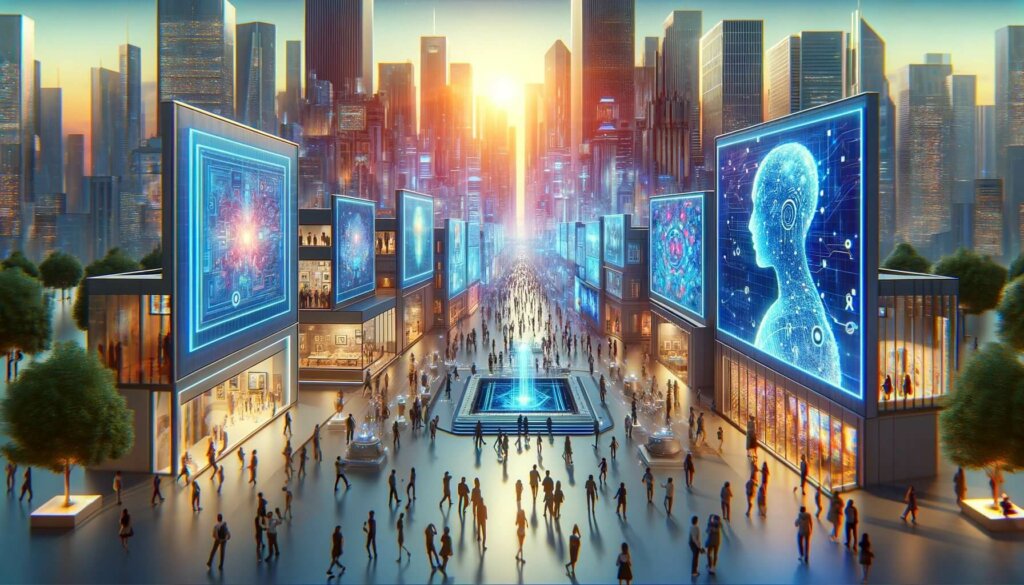
AI’s Potential to Reshape the Art World
AI holds the potential to dramatically transform the art world. It can democratize art creation, making it more accessible to those without traditional artistic training. AI also serves as a powerful tool for artists, offering new ways to express their vision and creativity.
As we progress into the future, the landscape of AI art remains an exciting and uncharted territory. It holds the promise of new forms of artistic expression and opportunities for artists. However, it also challenges us to rethink the essence of art and creativity in a digital age.
The conclusion of this exploration into AI art reveals a fascinating confluence of technology and creativity. It highlights AI art not just as an artistic evolution but as a reflection of our changing relationship with technology and creativity. As AI continues to evolve, so too will the art it helps create. We have begun to see a future where the line between human and machine-made art is becoming increasingly blurred.
Conclusion: AI Art – A New Era of Digital Creativity
As we conclude our exploration of AI art, it becomes evident that we are standing at the cusp of a new era in artistic expression. AI art represents more than just the fusion of technology and creativity; it’s a reflection of the evolving relationship between humans and machines, and the boundless potential this synergy holds for the future of art.
AI art is not merely a technological phenomenon; it’s a paradigm shift in the art world. It challenges us to reconsider our definitions of art and creativity, pushing the boundaries of what’s possible in digital expression. The advancements in AI art, from sophisticated text-to-image technology to the nuanced capabilities of tools like DALL-E 3 and Midjourney V6, have opened up a new frontier where imagination meets algorithmic precision.
The impact of AI on the art world is multifaceted. Economically, it presents new opportunities and challenges, particularly in how it might reshape artists’ livelihoods and the art market. Legally, it prompts a reevaluation of copyright laws and artists’ rights in the age of digital creation. Ethically, it raises questions about the nature of creativity and the role of the artist in a world where machines can generate art that resonates with human emotion and aesthetic sensibility.
Looking Ahead: The Future of AI
The future of AI art is ripe with potential and rife with challenges. As technology continues to advance, it will undoubtedly bring forth new forms of artistic expression and transform the landscape of the art world. However, this also calls for a thoughtful consideration of the ethical, economic, and creative implications of AI in art.
In essence, AI art is not just a new form of artistic expression; it is a mirror reflecting our complex relationship with technology and creativity. It invites us to embrace both the uncertainties and the possibilities of this new digital frontier. As AI continues to evolve and integrate into our artistic practices, it challenges us to expand our imagination and explore the uncharted territories of digital creativity.
AI art, therefore, stands as a testament to human innovation and a beacon for future explorations in the vast and ever-expanding universe of art. It is a journey of discovery, where each step taken in the realm of AI art opens up new horizons, compelling us to look beyond the conventional and envision a future where art and technology coalesce in harmony.
Frequently Asked Questions (FAQs)
What Exactly is AI Art?
AI art refers to artworks created using artificial intelligence technology. It involves algorithms, especially neural networks, interpreting textual prompts to generate visual art, blending technological capability with artistic creativity.
How Do Tools Like DALL-E 3 and Midjourney V6 Contribute to AI Art?
DALL-E 3 and Midjourney V6 are advanced AI tools that significantly enhance the quality and realism of AI-generated images. They use text-to-image technology to interpret artistic prompts, allowing artists to create detailed and contextually rich artworks.
Can AI Art Be Considered Truly Original and Creative?
This is a topic of debate. While AI can generate unique artworks based on prompts and learned data, some argue that true originality in AI art is a collaborative result of human input and machine processing.
What Are the Economic Impacts of AI Art on Traditional Artists?
AI art poses economic challenges for traditional artists. Over 55% of artists believe AI could affect their income potential, mainly as AI-generated art might alter the demand for traditional art.
What Legal Implications Does AI-Generated Art Present?
AI-generated art raises legal issues, particularly around copyright and intellectual property. This includes concerns over the use of artists’ existing works to train AI algorithms without permission or compensation.
Is AI Art Accessible to All Artists?
While AI art offers new opportunities, accessibility can be limited by the cost of AI tools and the technical knowledge required. There’s also a risk of homogenization in art styles due to widespread use of similar AI models.
How Will AI Art Shape the Future of the Art World?
AI art is set to dramatically reshape the art world by introducing new forms of artistic expression, altering market dynamics, and challenging traditional notions of artistry and creativity.

